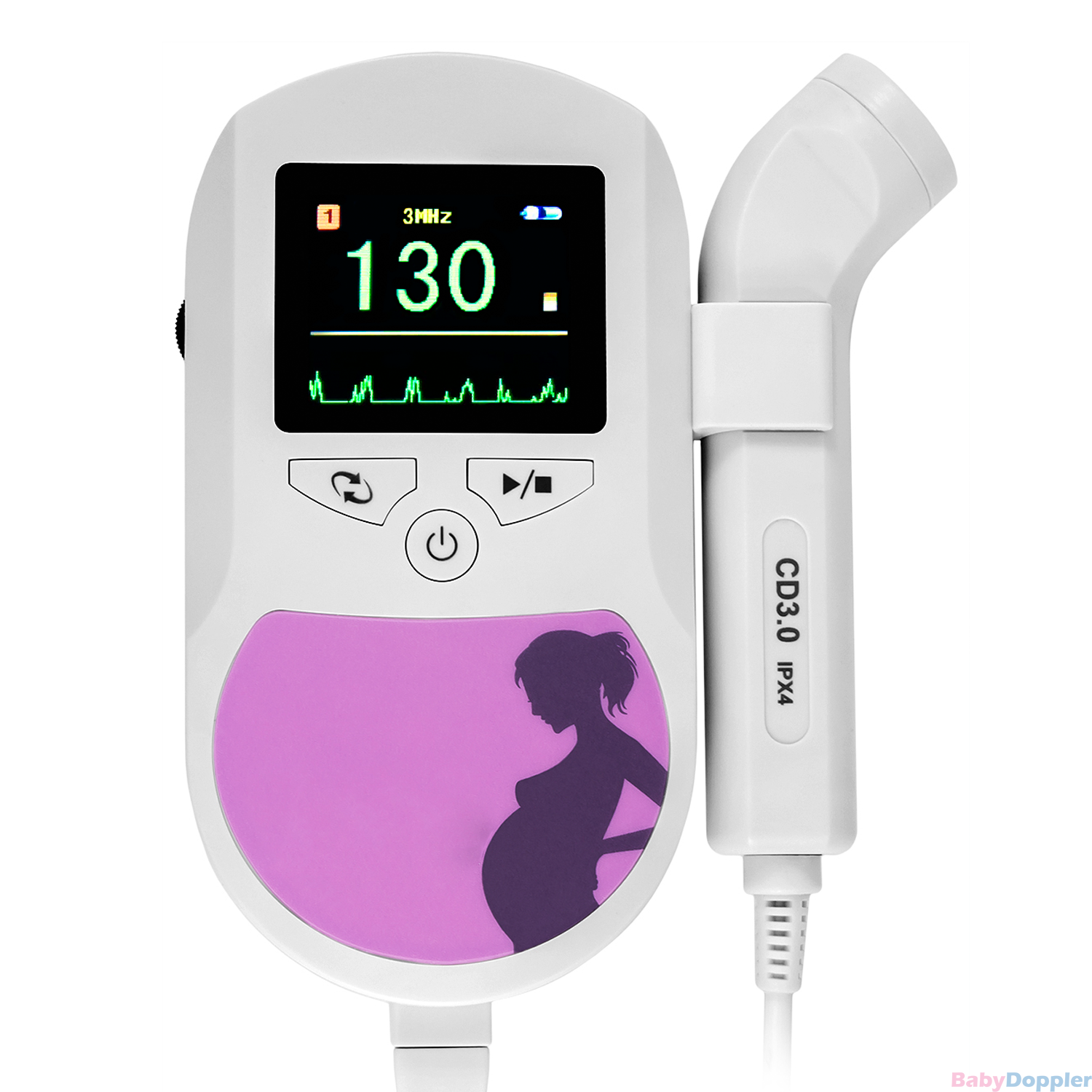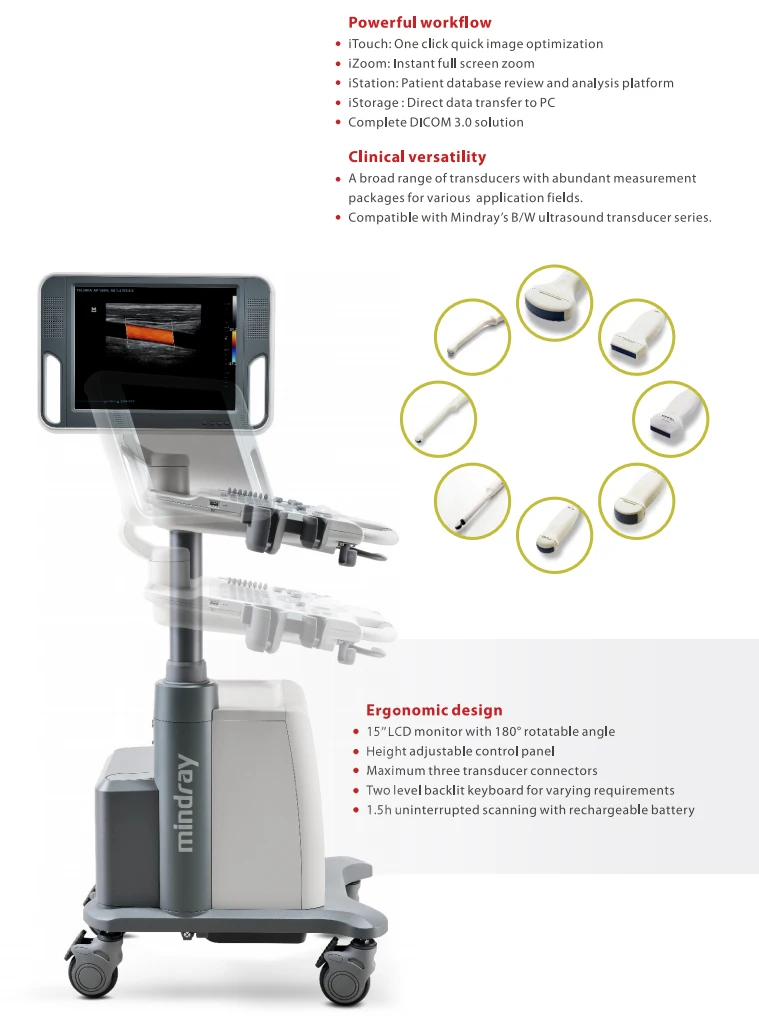

The device has an LCD screen with a TFT color display, a combination that results in superior picture quality with sharp visuals 24/7.

Doppler fetal ultrasound heartbeat monitors are hand-held ultrasound devices that let you listen to the heartbeat of the fetus. The curve display gives you a snapshot of the BPM across a specific timeframe, while the BPM reading displays the FHR in numerical form. Fetal ultrasound imaging provides real-time images of the fetus. The fetal heartbeat is displayed in two modes - curve display and Beats Per Minute (BPM) reading. Outside the medical setting, Fetalplus is the only FDA-approved fetal doppler I can confidently recommend to women who want to safely check in on their baby between 9 to 12 weeks.įetalplus’ simple build makes it easy to use. Here’s why this is important - most pregnant women want the freedom to check in on the baby throughout their pregnancy, especially when even a faint heartbeat is a meaningful experience for the parents to realize that bond with their baby. The reason is simple - Fetalplus effectively detects fetal heart rate (FHR) as early as 9 weeks (12 weeks tend to be the norm with most fetal dopplers). Also, turn off the device once the baby starts moving.įetalplus owns a well-deserved top spot on my list of best fetal dopplers. If you can’t find the heartbeat within one or two minutes, stop trying. Neeva Baby is the leading Baby Fetal Doppler Brand in North America Dont wait until your next ultrasound, listen to your Babys heartbeat safely as early.
AT HOME FETAL DOPPLER HOW TO
That said, here’s a general overview of how to use a fetal doppler:
AT HOME FETAL DOPPLER MANUAL
You are strongly encouraged to talk with a health professional if you are concerned about a possible adverse event associated with a medical device.I recommend reading and following the instructions provided in the manual that you receive with your purchase. The TGA cannot give advice about an individual's medical condition. For more information see the TGA Incident Reporting and Investigation Scheme (IRIS). Your report will contribute to the TGA's monitoring of these products. In addition to adverse events involving home use fetal dopplers, consumers and health professionals are encouraged to report problems with medical devices. The TGA will regularly review any adverse event reports and the benefit-risk profile of home use fetal dopplers. The TGA is urging consumers and health professionals to report any suspected adverse events where a home fetal doppler may have been a contributing factor. Expectant mothers are advised to present to a healthcare facility if they are concerned about their baby's wellbeing. The US Food and Drug Administration (US FDA) and the Royal Australian and New Zealand College of Obstetricians and Gynaecologists ( RANZCOG (pdf, 122 Kb)) have published advice on the use of these monitors and DO NOT recommend the use of home doppler devices to detect fetal heartbeat.Ĭlinicians are advised to caution expectant parents about the potential risks of using home fetal dopplers. Without training, the sounds detected from the mother or placenta could easily be misinterpreted as the fetal heartbeat, providing potentially inaccurate reassurance. The TGA has become aware of instances where patients have become falsely reassured by the home use fetal dopplers and delayed medical attention. Over the past few years, home use fetal dopplers have become widely available and consumers can use them without training. Traditionally these devices are used by health professionals in clinical settings.

The investigations undertaken by the TGA will assist in determining whether the risk of using these devices outweighs the potential benefit.įetal dopplers are handheld devices used to monitor fetal heart rate starting from 10-12 weeks of pregnancy. Consumers and health professionals are advised that the TGA is currently undertaking a review of the safety signals, benefits, and harms associated with home-use fetal heart monitors.


 0 kommentar(er)
0 kommentar(er)
